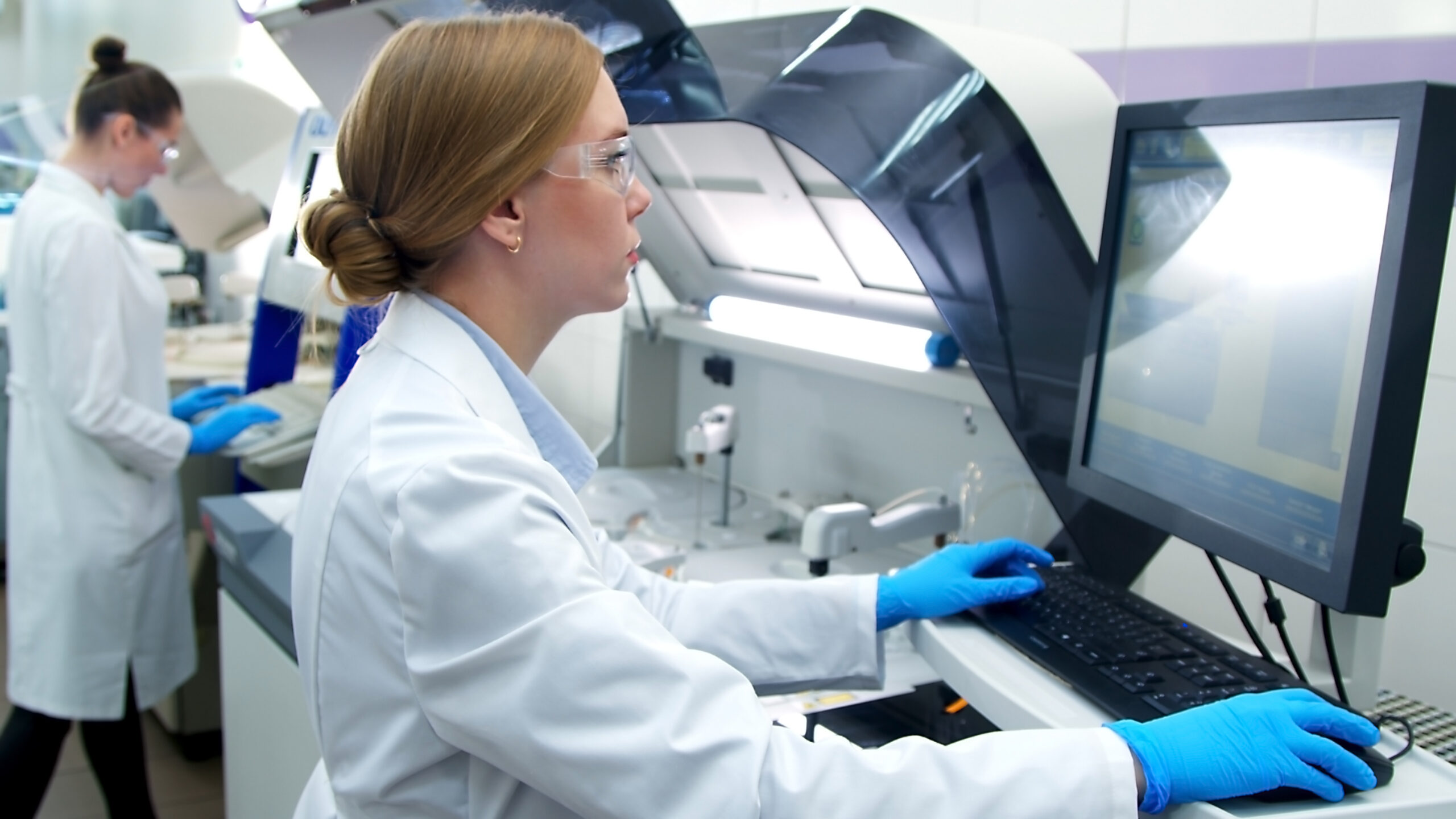Future-proofing and developing efficiency in the laboratory
3 Ways Technology is Transforming the in vivo Lab
01:
Workflow Management
The outdated way:
Processes contained in forgotten lab notebooks and word documents hurt workflows in research since changes are often not discussed and agreed on with the entire laboratory staff. If changes are discussed, it is often the responsibility of the person who made changes to the protocol or SOP to retrain personnel on the revisions. Of course, in research this could mean that updates to the protocol could occur post study when the updates are moot.
The modern way
Gone are the days of random pieces of information stuck in the margin of a lab notebook, hastily scribbled by staff during experiment execution. Instead, by centralizing SOPs into a digital solution, others can discuss and follow an updated methodology for research. Workflow can be streamlined in a way that allows scientists to better manage in vivo studies, schedule tasks and secure resources, enabling real-time collaboration across discovery processes.
02:
Resource Utilization and Analysis
The outdated way:
Onboarding of talent is an arduous task that limits senior personnel from accomplishing research milestones. Without centralization of SOPs, new talent could learn incorrect methodologies and add more variance to data, obscuring the true results. Multiple spreadsheets and data silos from across internal systems leave researchers scrambling for the most current version of data. Moreover, data can be lost if there is an unexpected disruption or if data gatekeepers leave the organization.
The modern way
Using in vivo research software eliminates multiple versions of data, allowing researchers to use the most up-to-date data for analysis. It also ensures data is being collected in a way that makes it ready for advanced analytical tools like artificial intelligence to be utilized at their full potential. Another benefit of the modern way of working is to support collaboration with researchers, data scientists, and functional experts to bridge the gap between data generation, analysis, and interpretation. Interdisciplinary collaboration enables and ensures that the insights derived from the data align with the broader objectives of the in vivo research.
03:
Quality and Compliance
The outdated way:
Data is the most valuable currency in research. It is the key to developing new therapies and effective treatments to combat – or even cure -- diseases. Why would organizations risk having a potential therapeutic agent fail due to subpar data riddled with mistakes? Funding organizations, regulatory bodies, and institutional organizations such as Institutional Animal Care and Use Committees (IACUC) often check for incongruencies within labs to determine if personnel are following submitted protocols. If incongruencies in performed work and protocols are found, penalties can occur, delaying research for months.
The modern way
Digital technologies allow research teams to quickly export reports for data and protocols to demonstrate compliance. They also ensure that all activities are logged in real-time and are fully auditable with a complete chain of custody for all tasks, workflows, and data to prevent changes being made to studies and data without proper authorization.
Far too many studies cannot be reproduced because traditional data management approaches are unreliable and inadequate. In fact, studies have shown that irreproducible research costs the industry as much as $28 billion per year. To future-proof in vivo studies, labs need to move away from inefficient and unreliable manual processes and embrace advanced digital technologies.




